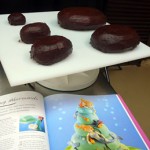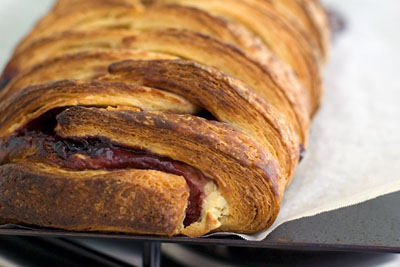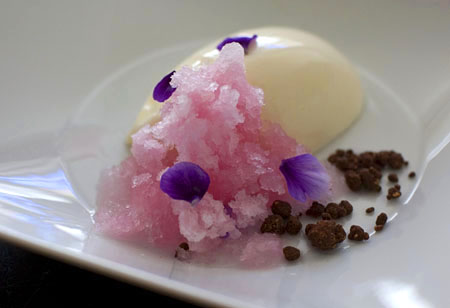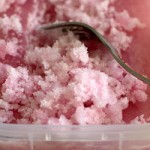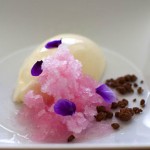I made this! Pt. 5
Debbie Brown was enthralling us with the details of her itinerary for the next two weeks which sounded extremely jam-packed, not to mention her trip to Las Vegas after leaving Sydney, to conduct a class at Cake Camp (I want to go to Cake Camp!). Do you ever take a break, someone asked? Debbie smiled and replied, Well, no, I guess I’m pretty lucky, because I love what I do.
To the uninitiated, Debbie Brown is the legendary UK cake decorator and also the author of a whopping 14 books on cake decorating (my favourite is her whimsical and delightful Enchanted Cake book). When I heard she was going to be a guest instructor at Planet Cake, I excitedly signed up for her Bewitching Mermaids class.
To think, this was the cake that almost never was. I’d been trying to sell my place at this cake class, a few months after signing up for it, due to work commitments. As I couldn’t find any takers, I ended up attending the class. How glad I was, that I did.
Last Saturday morning, I walked into the Mermaids class feeling a little bleary eyed and weary from work. My mood immediately lifted upon being greeted by Paris herself, and then by the wonderfully effervescent Handi, who was acting as assistant for that class. It’s the reason why I keep coming back to Planet Cake to attend their courses. These classes are like a sanctuary of calm and sugary delight. A group of strangers come together, talk cake, enthuse over each other’s creations and at the end of the day, learn a new skill and walk away with their very own amazingly decorated cake that makes the whole experience worth every single cent.
This has been by far the easiest Planet Cake class I’ve participated in. Once the cakes were covered with fondant (which didn’t take long at all, since they were meant to represent an irregularly shaped pile of rocks), the fun began, decorating the cakes with mermaids and sea creatures. In my opinion, the beauty about this cake is that it’s potential to be taken into different directions, is limitless. The simple pile of rocks can be transformed into almost any location whatsoever – a jungle, a garden scene, ski slopes.. Or if you wanted to stick to the water theme, there are a myriad other oceanic creatures that could inhabit your cake (seahorses and mini nemos, come to mind).
So thank you once again to everyone at Planet Cake for holding these great classes and a special thank you to Debbie Brown for coming to Sydney!
(My Mermaids cake went to Erin, who celebrated her 10th birthday on Sunday. Happy Birthday Erin!)
Planet Cake
106 Beattie Street
Balmain 2041.



